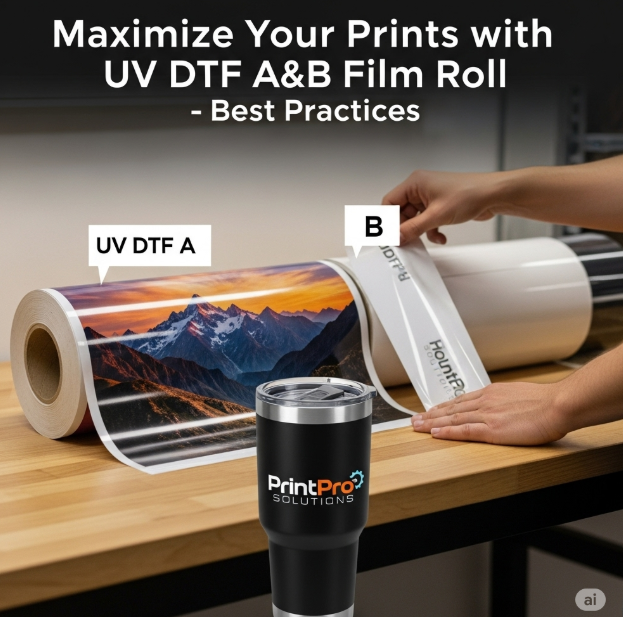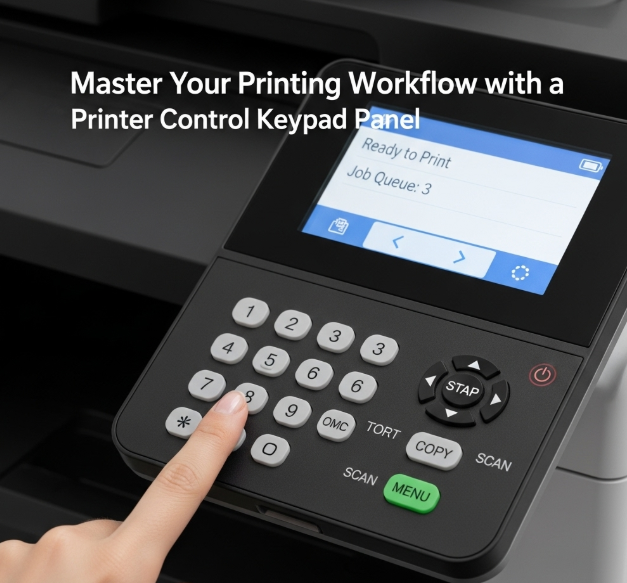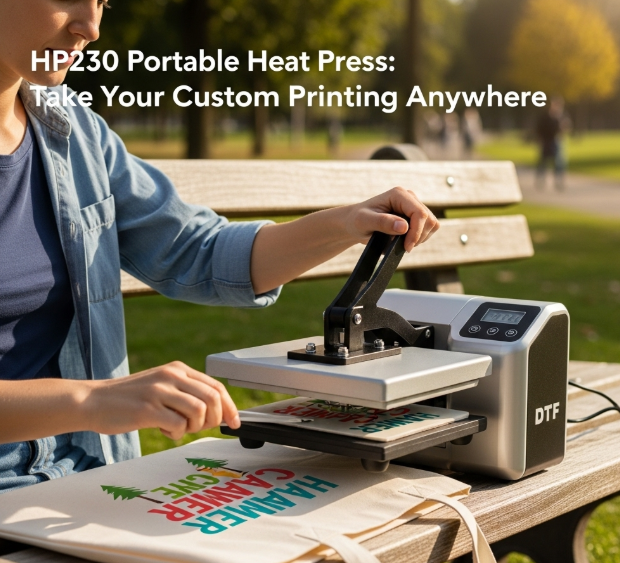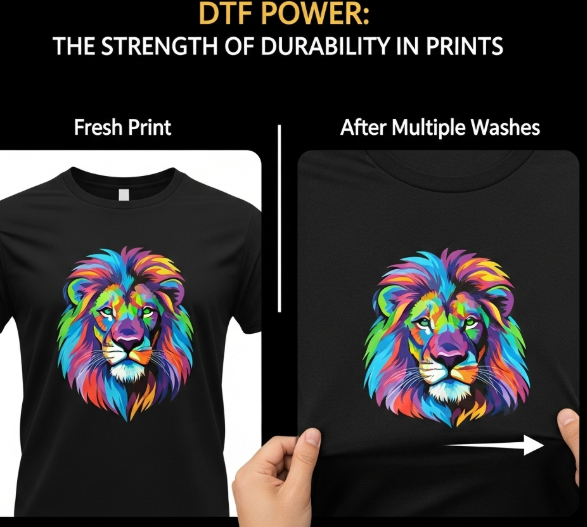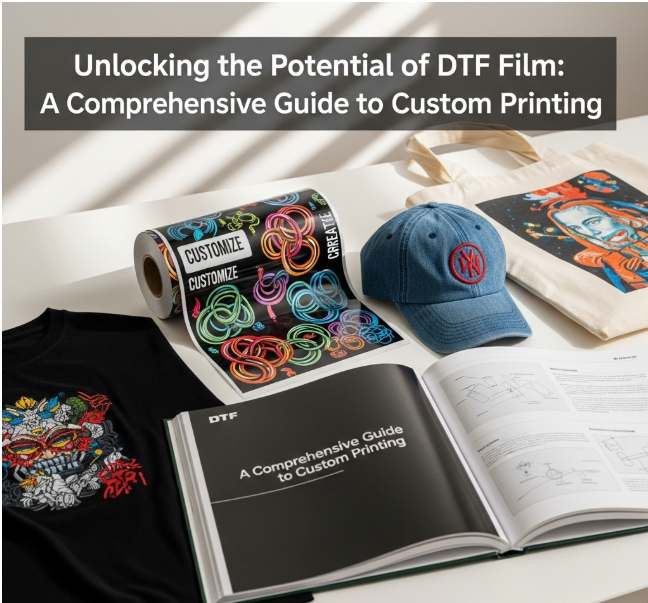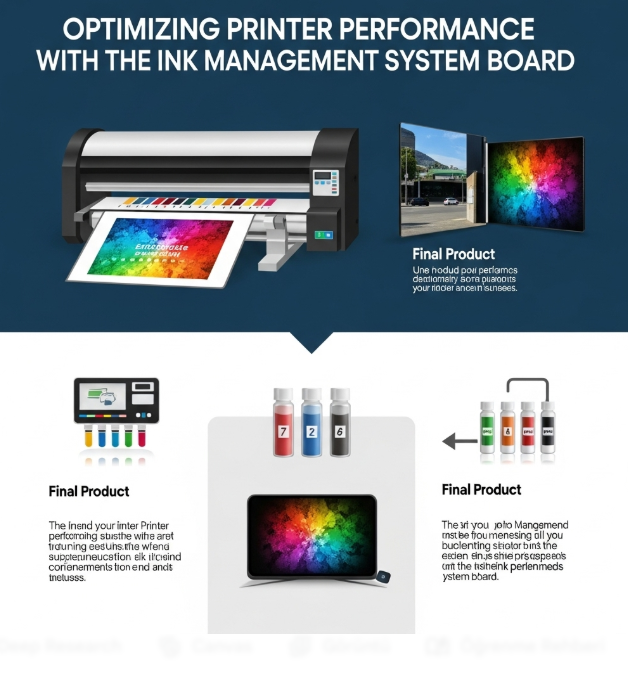
What is DTF Ink? A Complete Guide
In the ever-evolving world of textile and printing, new technologies constantly reshape how designs come to life.
Among these innovations, DTF ink has become a popular choice, especially with the rapid adoption of Direct To Film (DTF) printing.
This modern approach offers a range of benefits compared to traditional printing methods.
It provides lower production costs, flexibility for small or large runs, and the ability to create detailed, vibrant designs on multiple types of fabrics.
Because of these advantages, it has quickly gained the attention of textile manufacturers, apparel decorators, and custom print businesses.
Whether you are an entrepreneur exploring personalized clothing, a printing professional expanding services, or simply curious about new print methods, understanding this technology can open exciting opportunities.
So, how does it work, what makes it effective, and why is it becoming a game-changer in textile production?
Let’s explore the details.
What is DTF Ink?
DTF ink is a specialized printing liquid designed for Direct To Film (DTF) printing systems.
Unlike traditional textile inks that are applied directly onto fabric, this method begins by printing your design onto a clear PET film.
The process involves several precise steps to ensure a strong and vibrant transfer.
First, your design is printed onto the PET film using a specialized printer that applies colored pigments first, followed by a white backing layer to make the design stand out on any fabric color.
Once the design is printed, hot melt adhesive powder is evenly sprinkled onto the wet surface.
This powder acts as a bonding agent, helping the design adhere firmly to the fabric.
Next, the printed film is heat-cured, allowing the adhesive to partially melt and form a flexible yet durable layer.
Finally, the prepared film is placed on the fabric and pressed with heat and pressure, permanently transferring the design.
The result is a vibrant, long-lasting print that remains flexible, resists cracking, and maintains its color even after multiple washes.
This approach has gained popularity because it combines the sharp detail of digital printing with the durability of heat transfer methods, making it ideal for custom apparel, promotional products, and small-batch textile production.
Key Features DTF Ink
-
Water-Based Pigment Formula: Safe, eco-friendly, and gives smooth coverage.
-
Flexible and Durable Layer: Moves with the fabric and does not crack or peel.
-
Vibrant, Long-Lasting Colors: Produces sharp prints that resist fading.
-
Wide Material Compatibility: Works on cotton, polyester, blends, leather, nylon, and more.
How to Use
-
Prepare Your Design: Create your artwork on a computer.
-
Print on PET Film: Print color first, then a white ink layer.
-
Apply Adhesive Powder: Sprinkle hot melt powder over the film.
-
Cure the Powder: Heat to bond the powder with the ink.
-
Heat Transfer: Press the film onto the fabric with a heat press.
The result is a strong, colorful print that withstands washing and wear.
Advantages
-
Versatility: Works on many fabrics and even some hard surfaces.
-
Durability: Prints resist cracking and fading after multiple washes.
-
Cost-Effective: Perfect for small batches and custom orders.
-
No Large Stock Needed: Print designs on demand without extra storage.
Pro Tips for the Best Results
-
Use Quality Materials: Prevents clogs and uneven prints.
-
Shake Before Use: Keeps pigment evenly mixed.
-
Control the Environment: Maintain stable temperature and humidity.
-
Clean Regularly: Keep nozzles and printer parts in good condition.
-
Store Correctly: Keep supplies sealed and away from heat or sunlight.
Following these steps ensures bright, long-lasting prints and protects your equipment.
Conclusion
Film transfer printing has changed textile production.
It allows colorful, durable designs on many types of fabrics.
This method works on cotton, polyester, blends, and even tricky surfaces like nylon or leather.
Small businesses and entrepreneurs can create custom apparel without large inventories.
Designers can produce detailed, unique prints efficiently and affordably.
With the growing demand for custom and on-demand fashion, this technology offers a strong competitive edge.

